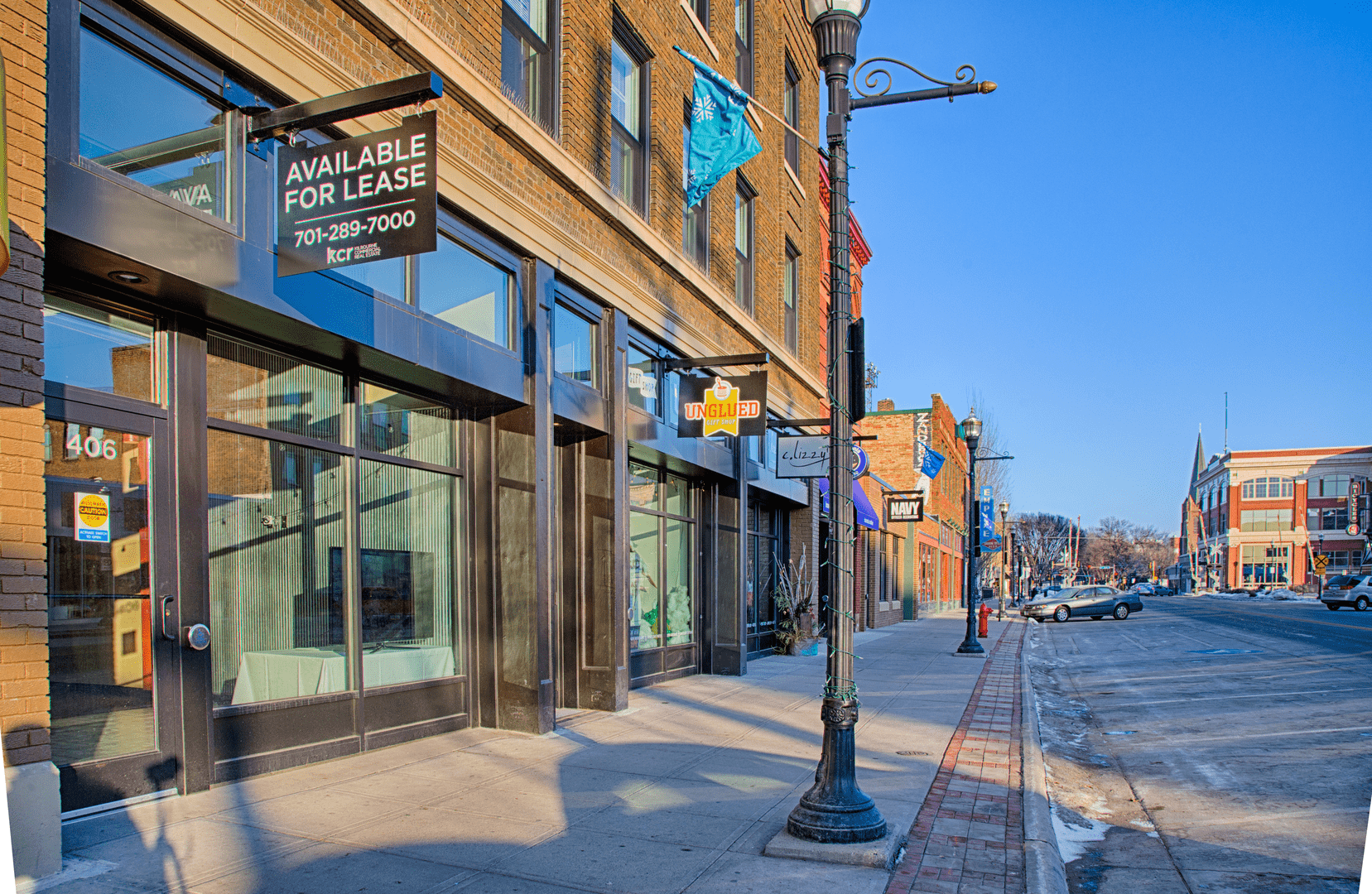One of the most crucial considerations when setting up a physical business is capturing the attention of potential customers who may be just passing by. Building blade signs, also known as storefront blade signs, are vital for this purpose. Unlike standard flat signs that attach directly to the facade of your building, blade signs stick out perpendicularly, making them visible from both directions along the street. This blog will guide you through selecting the optimal location for your building blade sign to maximize its effectiveness.
Understand the Basics of Building Blade Signs
A building blade sign is mounted on a building's facade but extends outwards, which allows it to be seen by pedestrians and motorists approaching from either direction. These signs are especially effective in busy commercial areas with high foot traffic and buildings near the sidewalk. The three-dimensional aspect of storefront blade sign means they catch the eye more efficiently than traditional signage, which can obscure angles, sunlight, or other architectural features.
Assessing the Foot Traffic
The first step in choosing the right location for your blade sign is to assess the volume and flow of foot traffic. High-traffic areas typically offer the best visibility for these signs. Spend time observing the movement of potential customers at different times of the day and week to identify when and where most people pass by your potential sign location. Consider positioning your sign where it can be seen by the maximum number of pedestrians, such as near crosswalks, junctions, or along narrow streets where shops are closely packed.
Visibility from the Road
For businesses that rely on both pedestrian and vehicular traffic, the visibility of your blade sign from the road becomes a critical consideration. The sign should be placed at a height and angle that makes it readable from a vehicle. This often means ensuring that the sign is above the level of parked cars but below the second-story buildings. The sign's design should be bold and simple enough to be understood quickly by someone driving past.
Complying with Local Regulations
Before you decide on the exact spot for your blade sign, it is essential to check local zoning laws and building regulations. Most locales have specific guidelines regarding the size, placement, and installation of building blade signs to ensure they do not obstruct sidewalks, road signs, or traffic sightlines. Obtaining the necessary permits is crucial to avoid legal issues arising after installation.
Coordination with Building Architecture
The effectiveness of a storefront blade sign is also influenced by how well it integrates with the building's architecture. The sign should complement the aesthetic of your building and the surrounding area. It mustn't clash or obscure architectural details for historic or specially designed buildings. The materials and colors of your sign can be chosen to match or contrast tastefully with the building facade.
Consider the Sun and Weather Conditions
The sun's position relative to your sign can affect visibility and readability. A sign facing east will be backlit in the morning, potentially making it hard to read, while a west-facing sign might suffer the same fate in the late afternoon. Additionally, consider local weather conditions; areas often subject to high winds, snow, or rain might necessitate a more durable or differently positioned sign to ensure longevity and continued legibility.
Balancing Aesthetics and Functionality
While your blade sign's primary function is attracting customers, it's also a part of your storefront's overall visual impression. The design of the sign should not only be practical but also appealing. Creative, well-designed signs can serve as both an advertisement and an art piece, enhancing the character of your business and its surroundings.
Continuous Evaluation and Adjustment
Once your sign is installed, the process doesn't end there. It is important to continuously evaluate its effectiveness in attracting customers. If the sign is not performing as expected, consider changing the lighting, color scheme, or message. Sometimes, even a slight tweak in positioning can significantly affect visibility.
Conclusion
Choosing the right location for your building blade sign is a multifaceted decision that requires a thoughtful approach. By considering factors such as foot and vehicle traffic, local regulations, architectural harmony, environmental conditions, and ongoing effectiveness, you can ensure that your storefront blade sign captures the essence of your brand and catches the eye of potential customers. Effective signage is crucial to your business's marketing strategy, making it worth investing time and resources to get it right.


